Learn about the impactful life of Marie Curie
Marie Curie, a name synonymous with scientific brilliance, lived a life punctuated by groundbreaking discoveries and personal sacrifices. Born in Warsaw, Poland, in 1867, she became a pioneer in the field of radioactivity, a term she coined herself.
Her legacy extends beyond her scientific achievements; she was a trailblazer for women in science at a time when female scientists were a rarity. Her journey from humble beginnings to Nobel laureate is nothing short of inspiring.
Early Life and Passion for Science
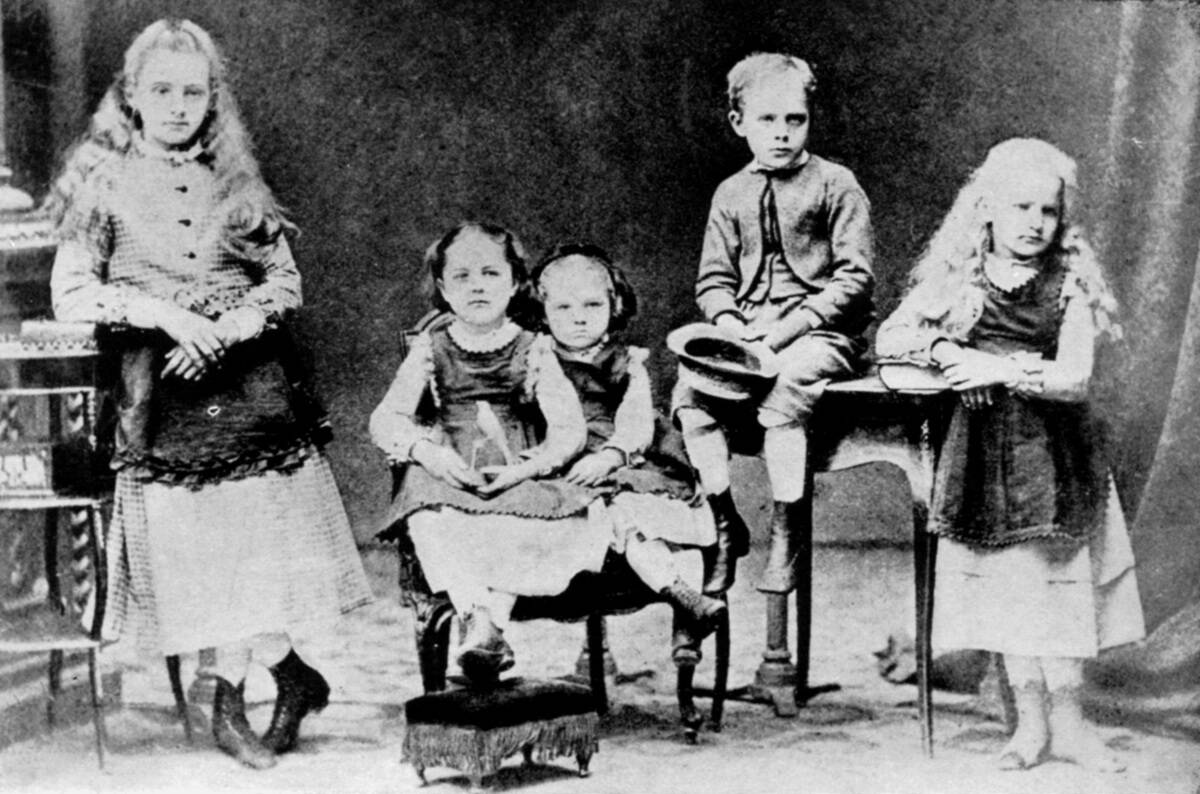
Growing up in a family that valued education, Marie showed an early interest in science. Despite financial hardships, her father’s influence as a physics teacher fueled her curiosity.
Marie’s passion for learning was evident from a young age, as she often read her father’s books on physics and chemistry. Her early experiences laid the groundwork for a lifelong dedication to science, despite the societal hurdles she faced as a woman pursuing a career in a male-dominated field.
A Surprising Reason for their Hardships
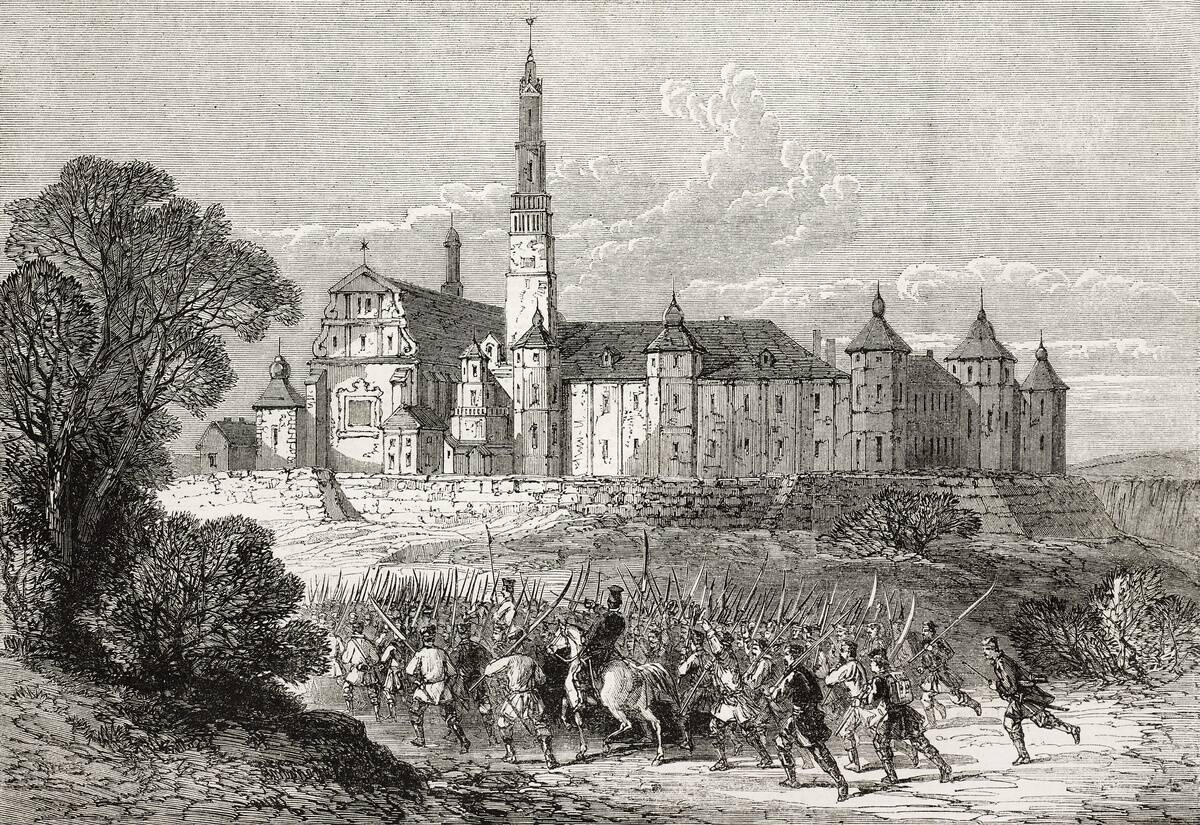
Both sides of Curie’s family had previously owned property, but had lost nearly everything by the time she was born. This was because they had thrown frequent personal investment into patriotic movements intended to restore Poland’s independence from Russia.
One of the most famous and (at the time) the most recent of these movements was the January Uprising of 1863-1865. Since these movements failed in their objectives, their investments cost Curie’s family dearly and all but ensured she would come into the world struggling.
A Rebellious, Learned Father
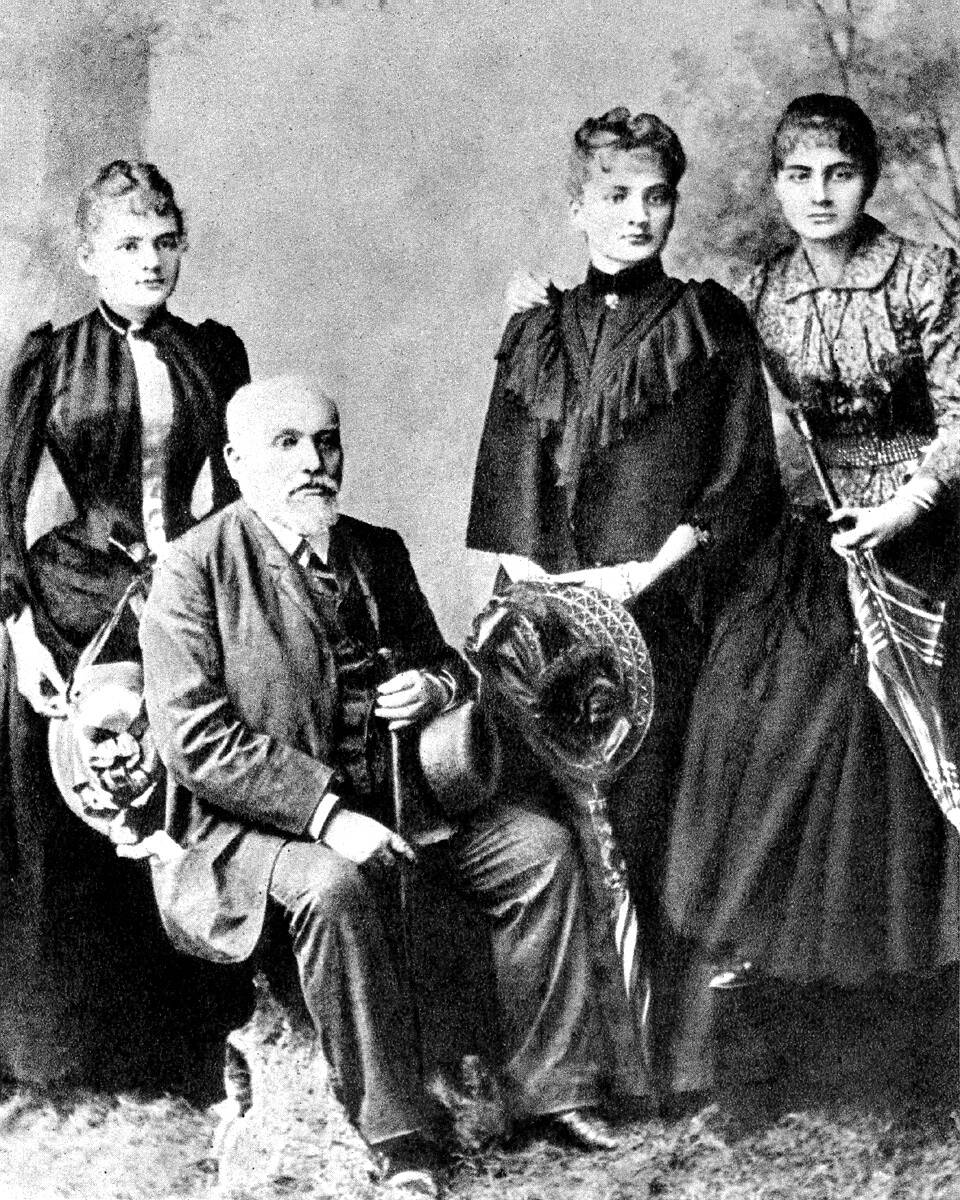
By the time that Curie and her siblings entered their family, her father, Władysław Skłodowski, was not only a distinguished teacher of physics and mathematics but also the director of two secondary schools (known as gymnasia at the time) for boys. However, his troubles started when Russian authorities eliminated laboratory instruction from Polish schools.
Although this meant that he could bring his equipment home and teach his children how to use it, Skłodowski encountered further problems when his outspoken pro-Polish sentiments led to his firing. Not only did he have to take lower-paying positions, but his home was crowded with young boarders after a bad investment required lodging them to stay afloat.
Tragedies That Changed Curie’s Outlook
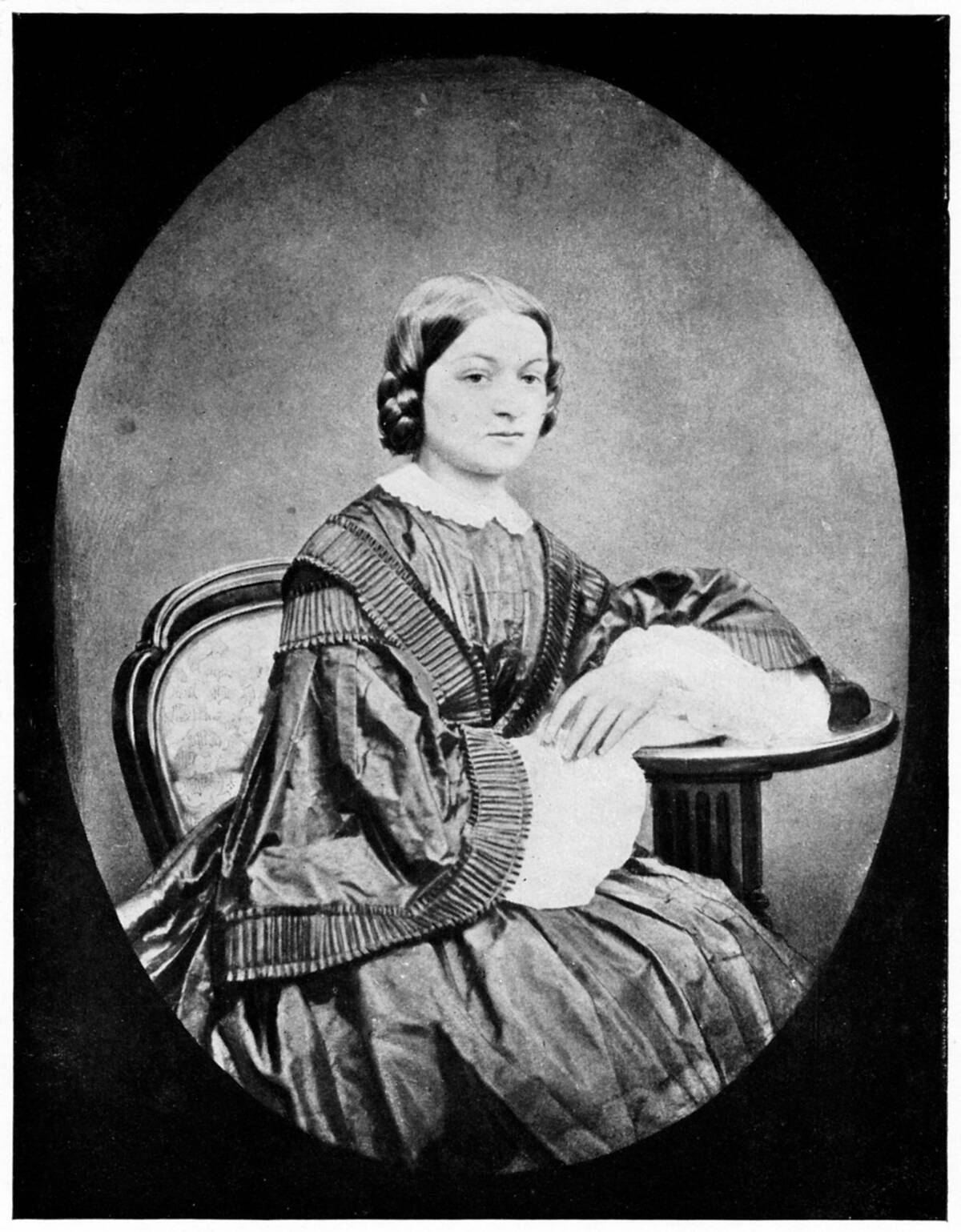
Curie’s mother Bronisława (pictured) was also a respected educator, as she operated a prestigious boarding school for girls before she resigned following Curie’s birth. Sadly, she would later pass away from tuberculosis by the time Curie was ten years old.
Before Curie reached her teens, her eldest sister Zofia would also perish after contracting typhus from a boarder. Although Skłodowski was a staunch atheist, Curie took after her mother’s devout Catholicism for much of her early life. After the deaths of her mother and sister, however, Curie lost her faith and became agnostic.
Educational Journey in Poland and Beyond
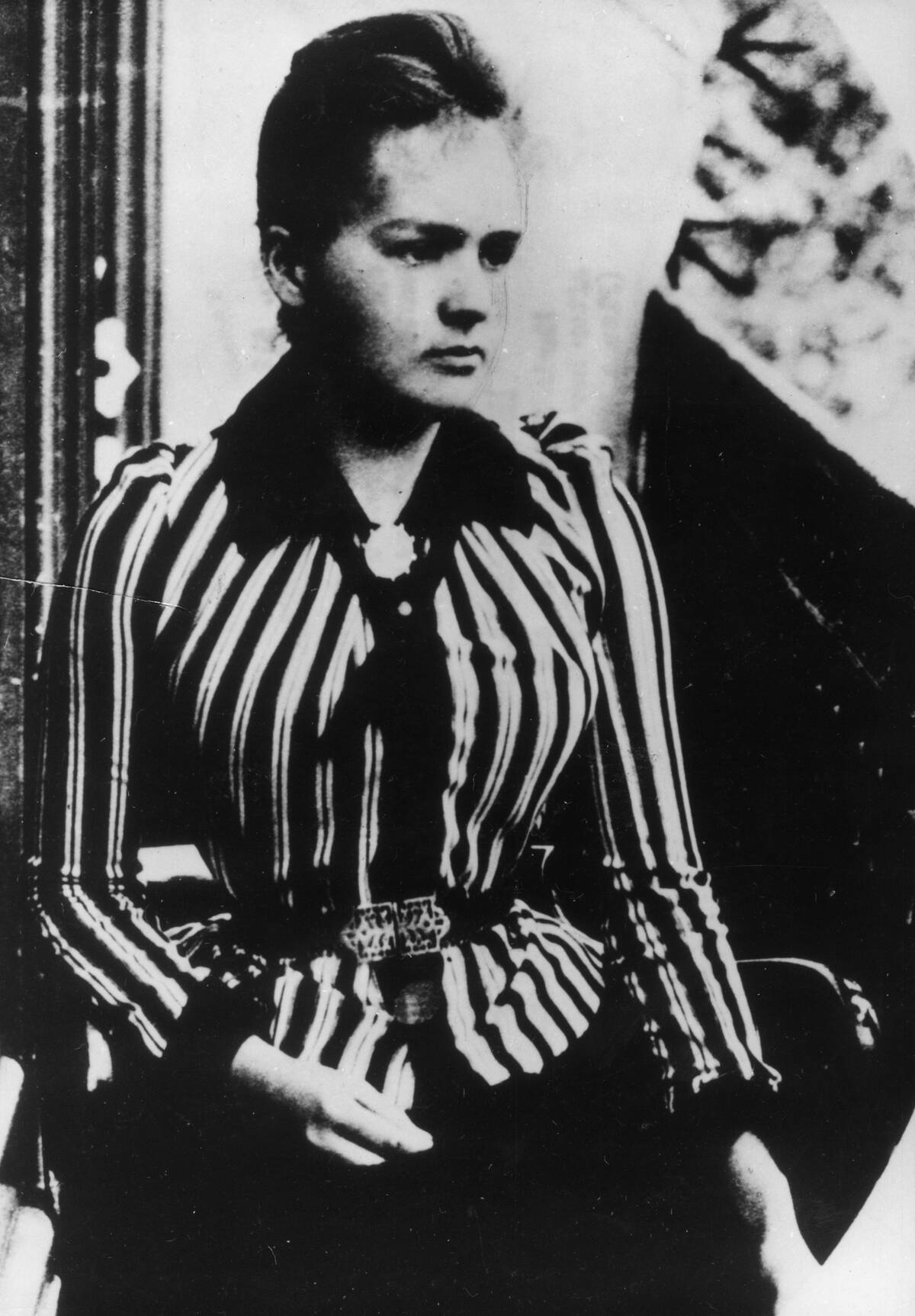
Marie Curie’s academic journey began at the clandestine Flying University in Poland, which provided education to women when it was prohibited by the Russian authorities. Determined to further her studies, she moved to Paris to attend university.
There, she pursued degrees in physics and chemistry, living on a shoestring budget. Her time in Paris was challenging yet rewarding, as it set the stage for her future scientific achievements and introduced her to a world of research and discovery.
The Love Story with Pierre Curie
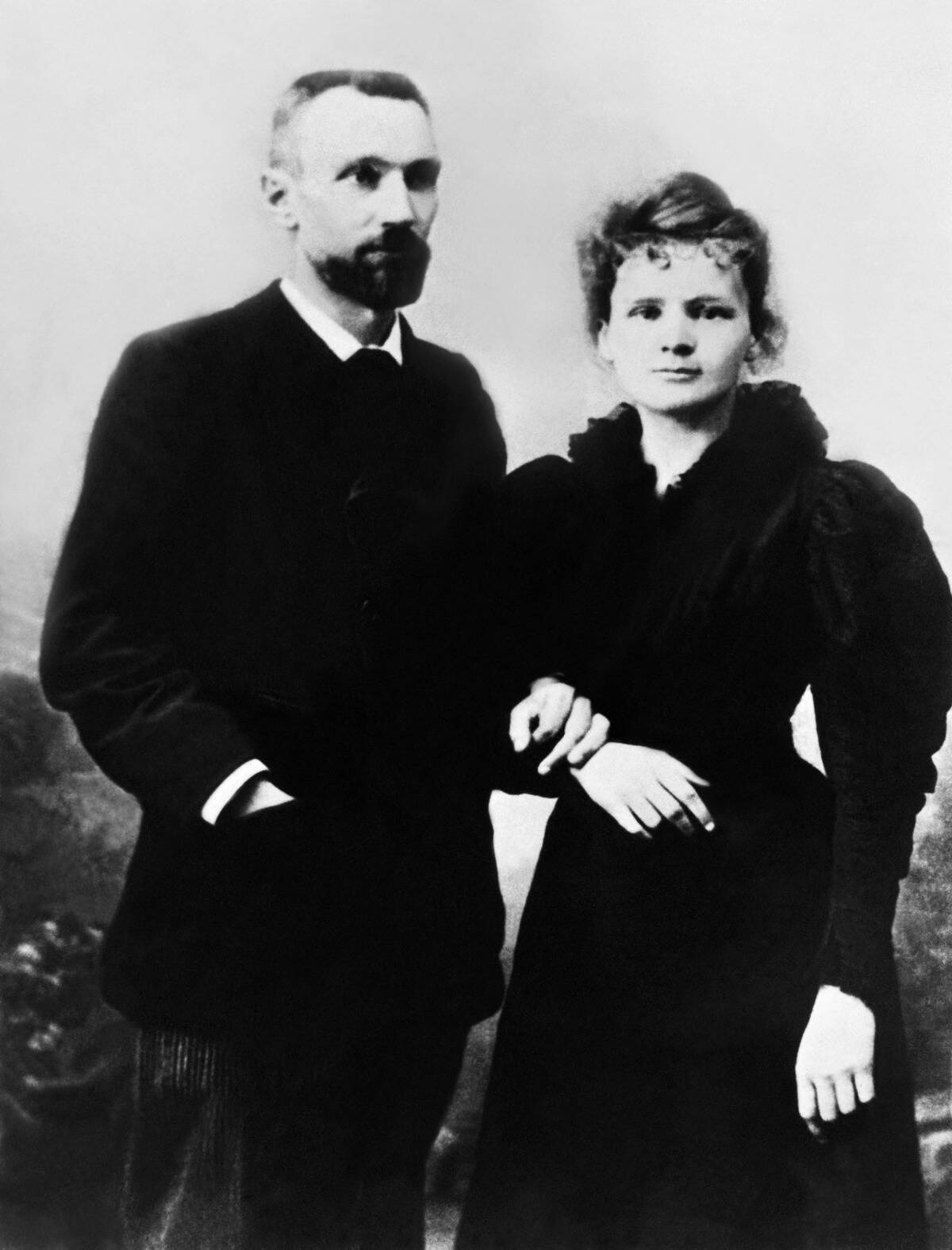
Marie met Pierre Curie in Paris, and their relationship was rooted in mutual respect and a shared passion for science. The couple married in 1895, and their bond was characterized by collaboration and support.
Pierre, an accomplished physicist himself, recognized Marie’s talent and encouraged her work, leading to a partnership that would change the trajectory of scientific research. Their love story is not only romantic but also a testament to their joint commitment to advancing knowledge.
Pioneering Research in Radioactivity
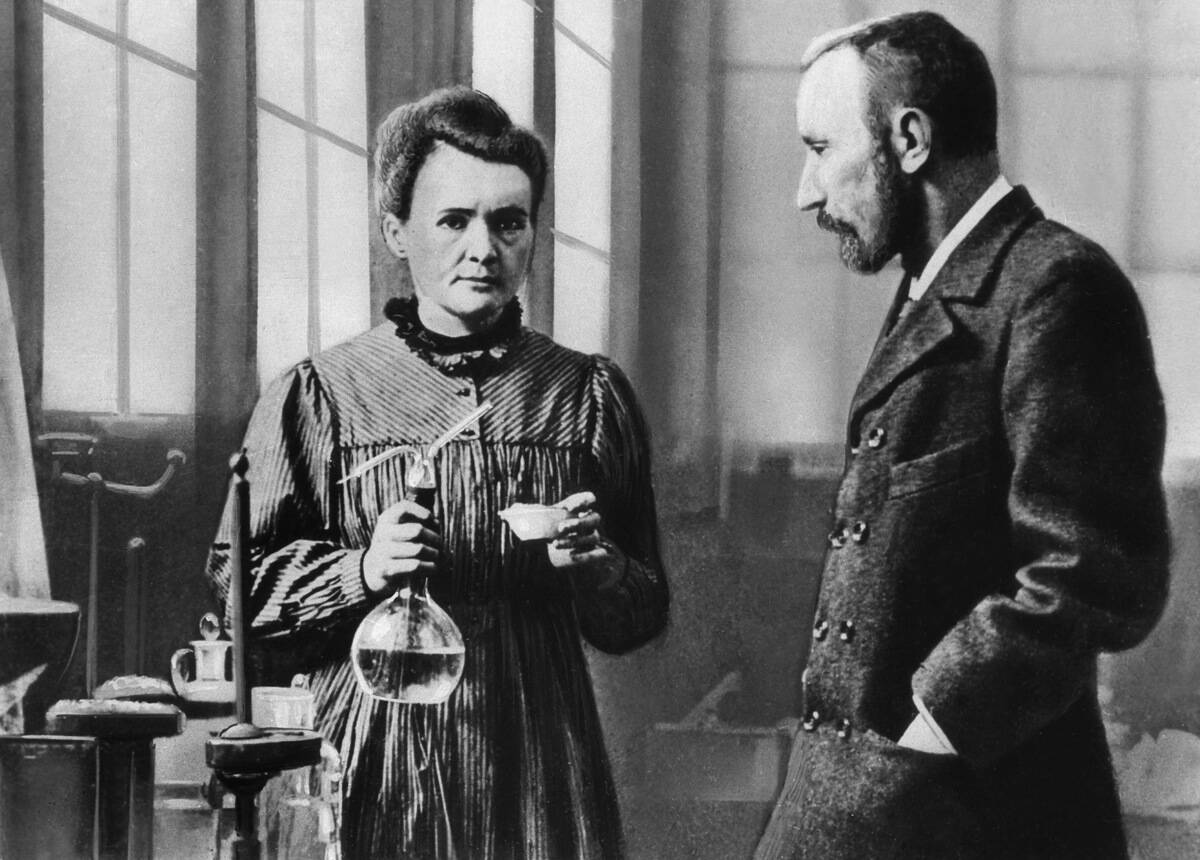
Together, Marie and Pierre Curie embarked on research that would redefine physics and chemistry. Marie’s meticulous experiments on uranium rays led to the concept of radioactivity, a groundbreaking discovery.
The Curies’ work was labor-intensive, involving tons of pitchblende ore and painstaking separation processes. Despite the physical toll, Marie’s dedication never wavered, and her research laid the foundation for future advancements in nuclear physics and medicine.
Discovering Polonium and Radium
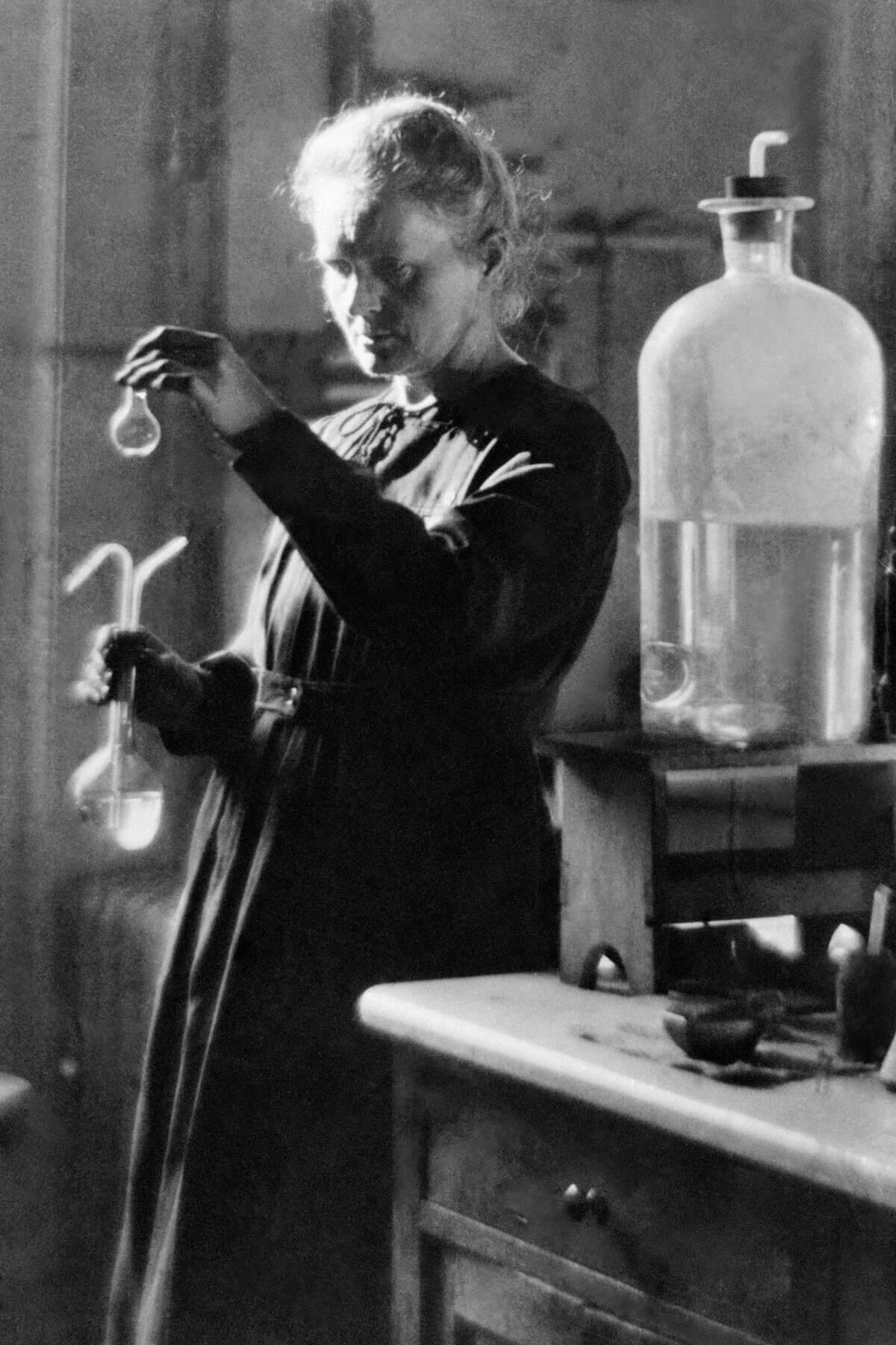
In 1898, the Curies discovered two new elements: Polonium, named after Marie’s homeland, and radium. These discoveries were monumental, as they revealed elements with unprecedented radioactive properties.
Marie’s work with radium was particularly significant, as it demonstrated the potential for new scientific applications. The discovery process was arduous, involving complex chemical analysis, but it cemented Marie’s reputation as a leading scientist and expanded the understanding of atomic structure.
The First Woman to Win a Nobel Prize
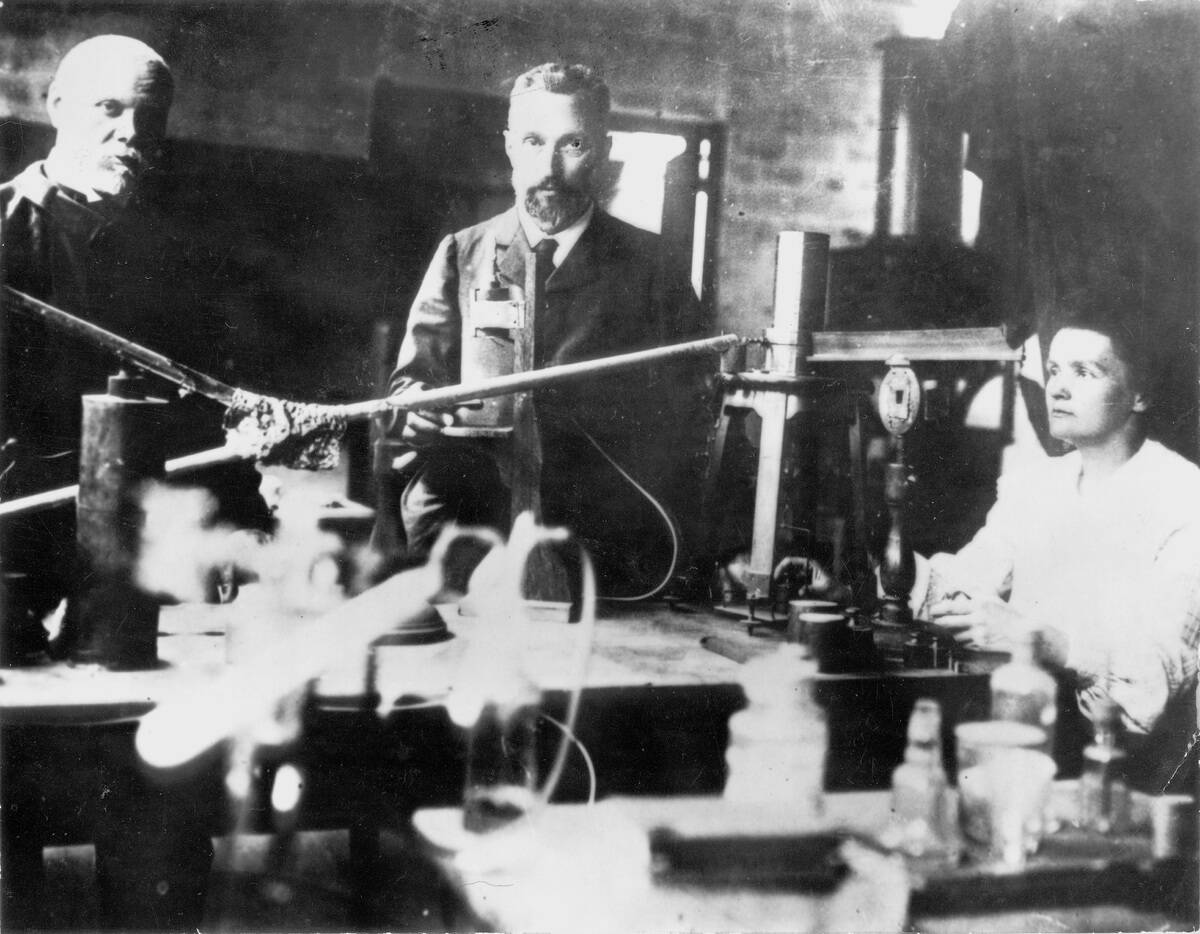
Marie Curie’s achievements were recognized in 1903 when she became the first woman to win a Nobel Prize, sharing the Nobel Prize in Physics with Pierre Curie and Henri Becquerel. This accolade was groundbreaking, not only because of the scientific contributions it honored but also because it challenged gender norms.
Marie’s win was a victory for women in science and an acknowledgment of her trailblazing research efforts. Her accomplishments inspired future generations of women scientists.
Juggling Family and Groundbreaking Research
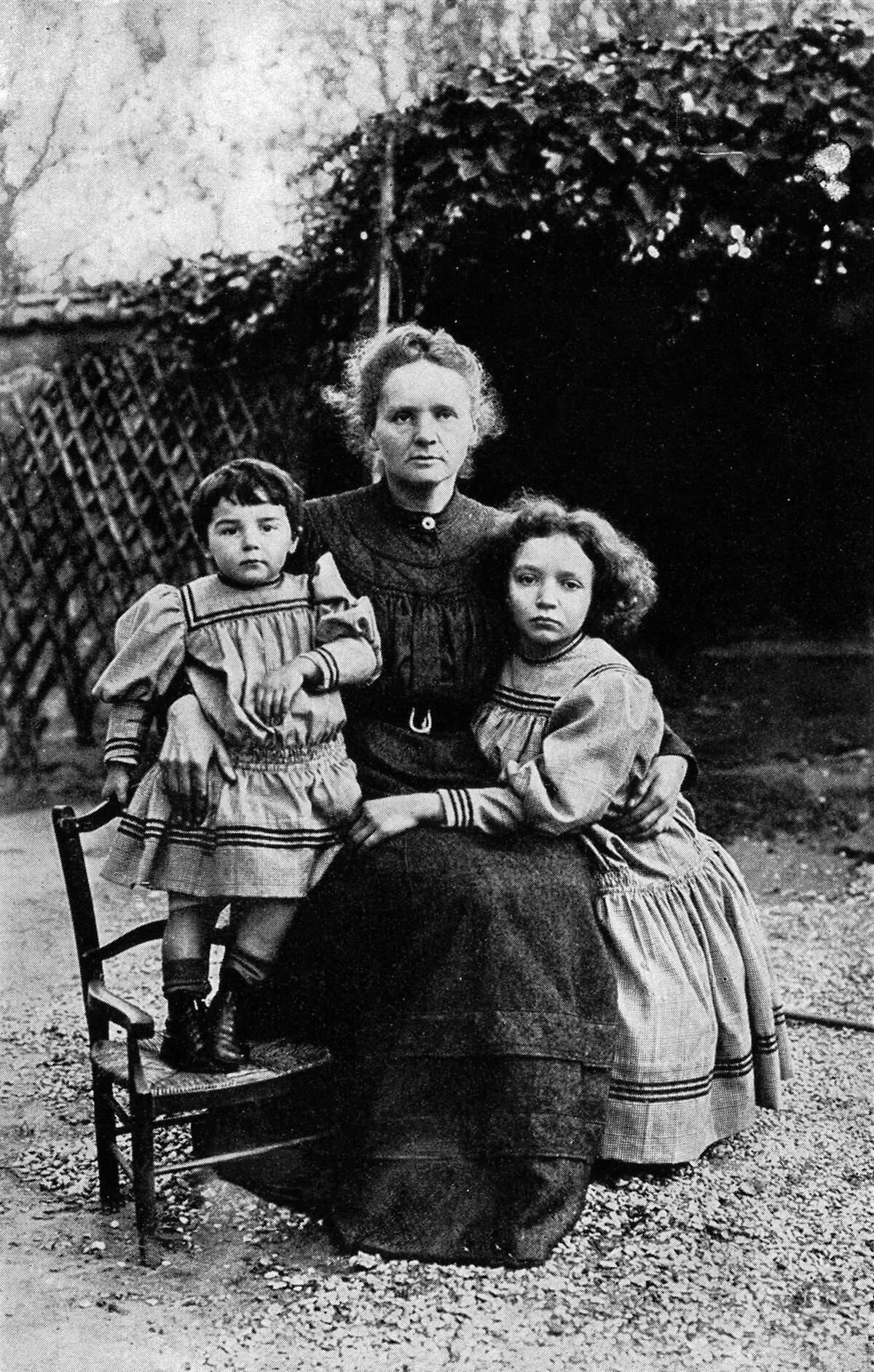
Balancing family life with a demanding career was no small feat for Marie Curie. She and Pierre had two daughters, Irène and Ève, and despite the pressures of their scientific work, Marie remained a devoted mother.
Her determination to succeed professionally while nurturing her family is a testament to her resilience. This commitment to both her personal and professional life set an example for future women scientists struggling to balance similar demands.
The Impact of World War I on Marie’s Work
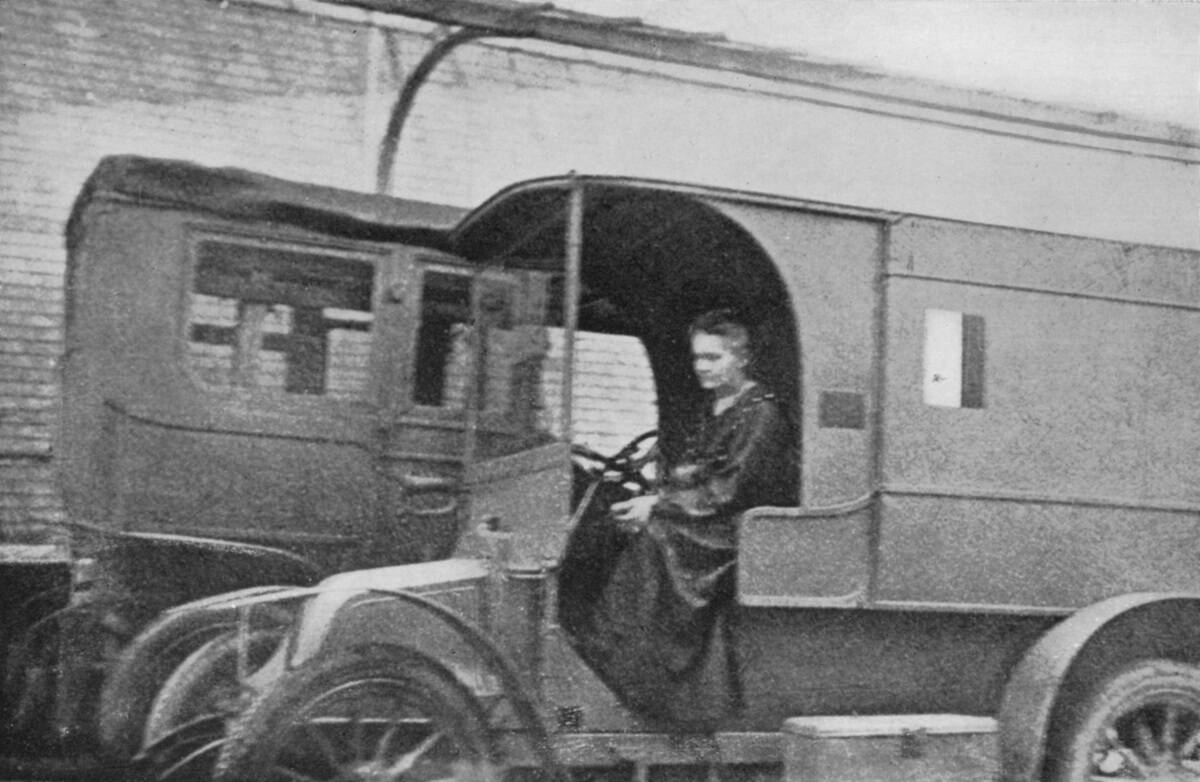
World War I marked a significant turning point in Marie Curie’s career, as she shifted her focus to practical applications of her research.
She recognized the potential of X-rays in medical diagnostics and worked tirelessly to implement mobile X-ray units, known as “Little Curies,” on the front lines. Her efforts improved medical care for countless soldiers and showcased her commitment to using science to benefit humanity in times of crisis.
Breaking Barriers for Women in Science
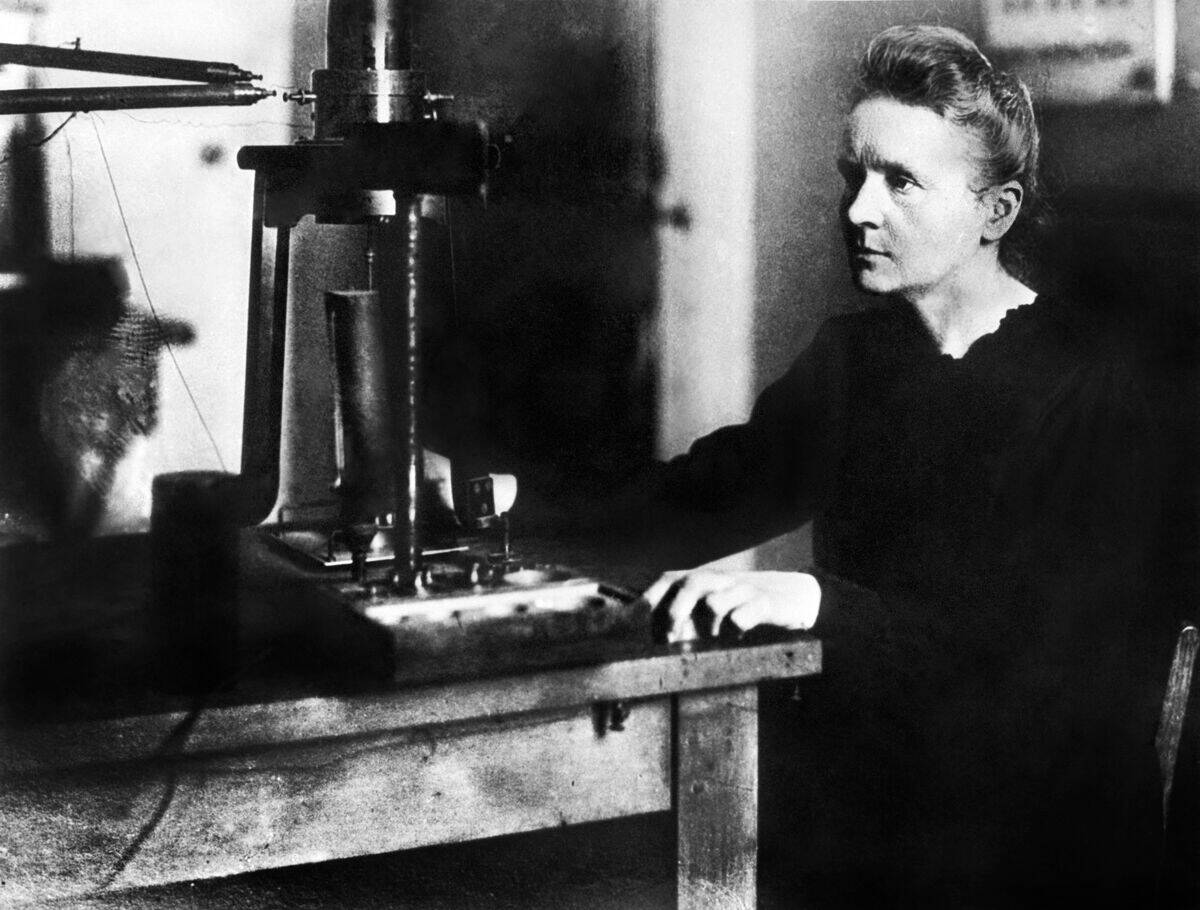
Marie Curie’s accomplishments shattered glass ceilings for women in science. As the first female professor at the University of Paris, she paved the way for future generations of women in academia.
Her perseverance in the face of discrimination and her insistence on letting her work speak for itself were revolutionary. Marie’s success demonstrated that women could excel in scientific fields and inspired countless women to pursue careers in STEM.
Her Legacy at the Curie Institutes
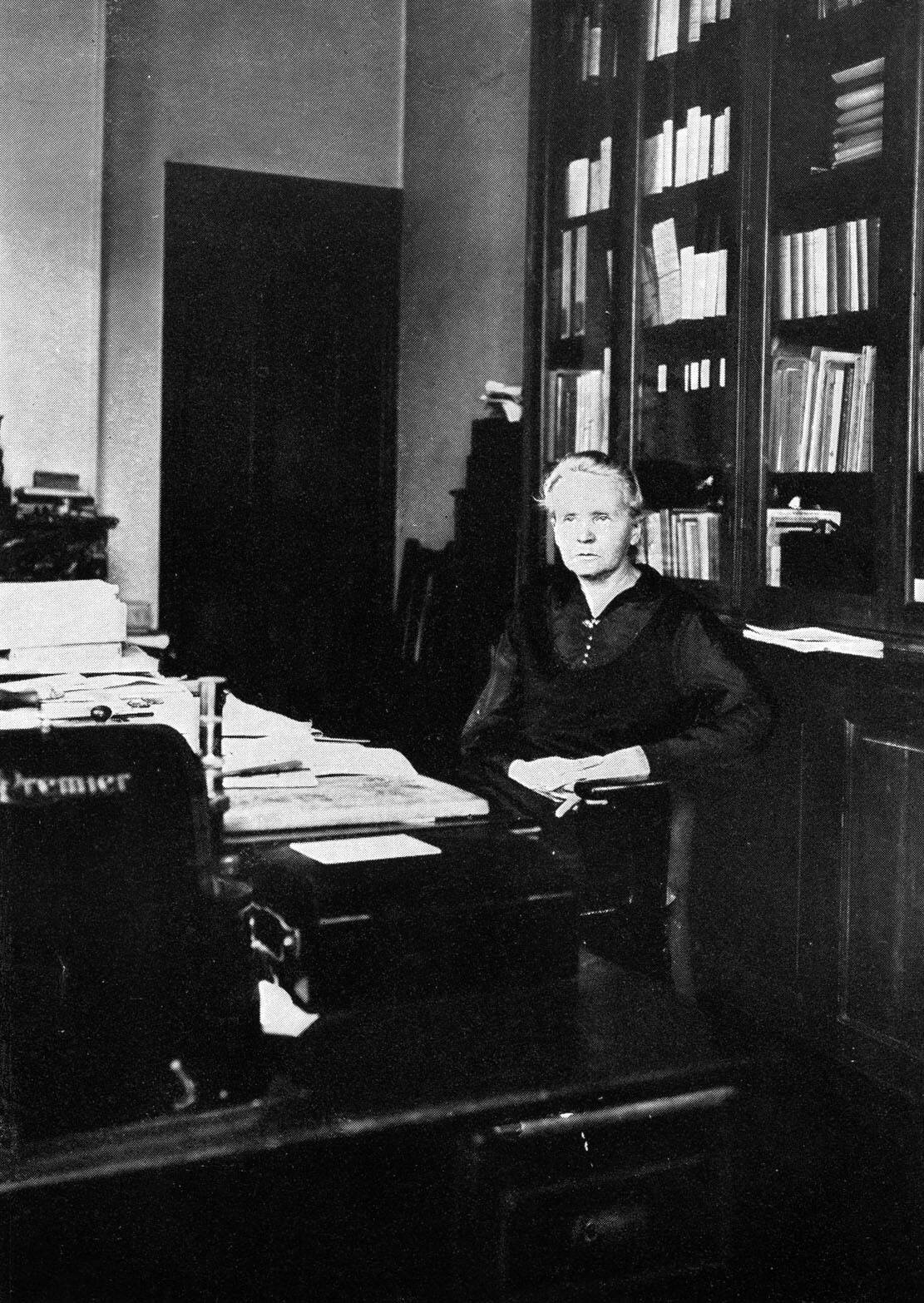
The Curie Institutes, established in Paris and Warsaw, continue Marie Curie’s legacy of scientific exploration and medical advancement. These institutes focus on cancer research, embodying Marie’s commitment to applying science for the betterment of humanity.
Her vision of a collaborative research environment remains a guiding principle, fostering innovation and breakthroughs in cancer treatment and research, ensuring her impact endures well beyond her lifetime.
Marie Curie’s Influence on Medicine and Technology
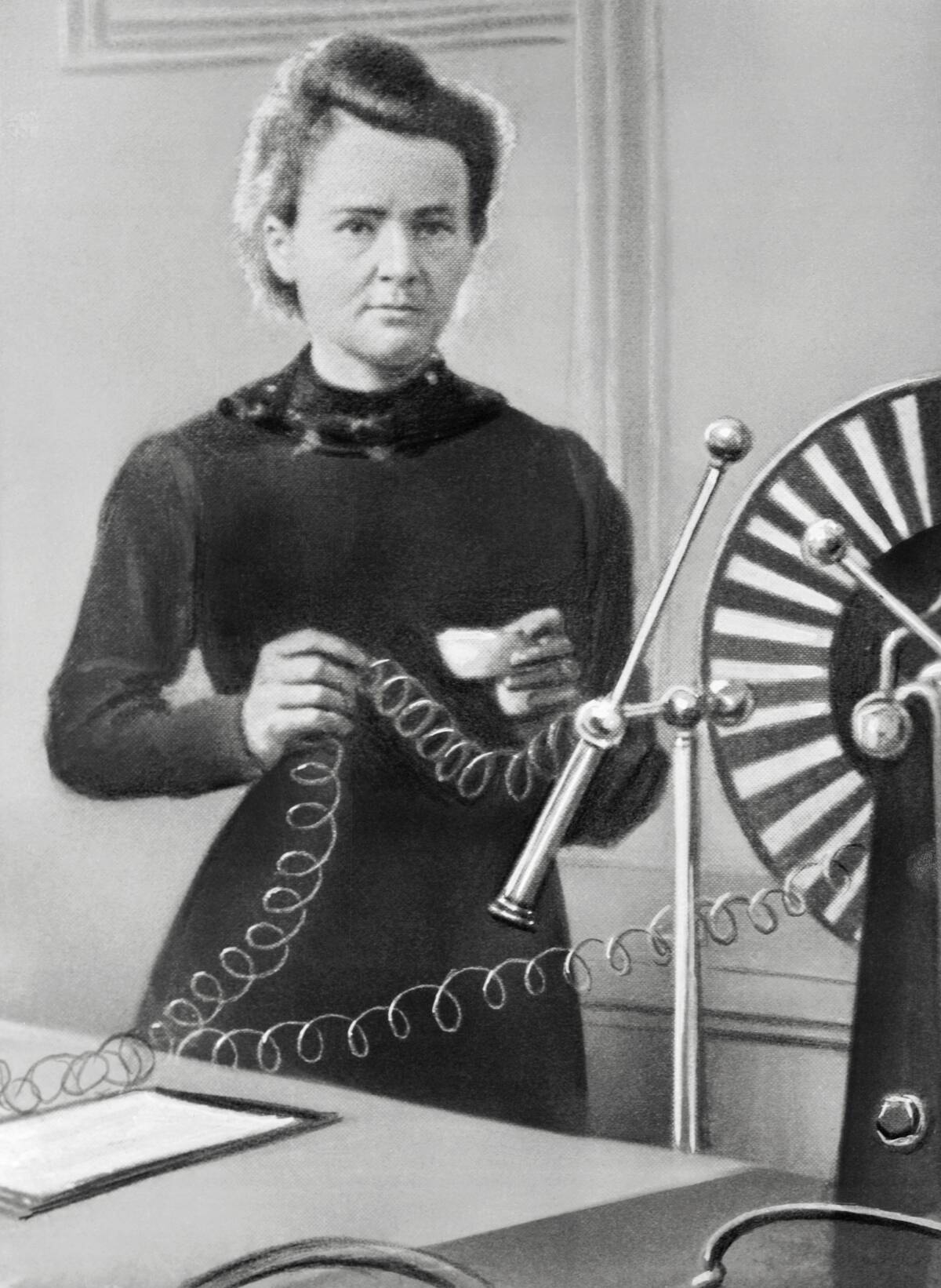
Marie Curie’s work has had a lasting impact on both medicine and technology. Her research on radioactivity led to developments in cancer treatment, such as radiotherapy.
The techniques pioneered by Curie also paved the way for advances in medical imaging, including PET scans and other diagnostic tools. Her influence extends beyond her lifetime, continuing to shape scientific research and technology in the 21st century. Her work remains a cornerstone of medical physics.
The Curie Family: A Legacy of Nobel Laureates
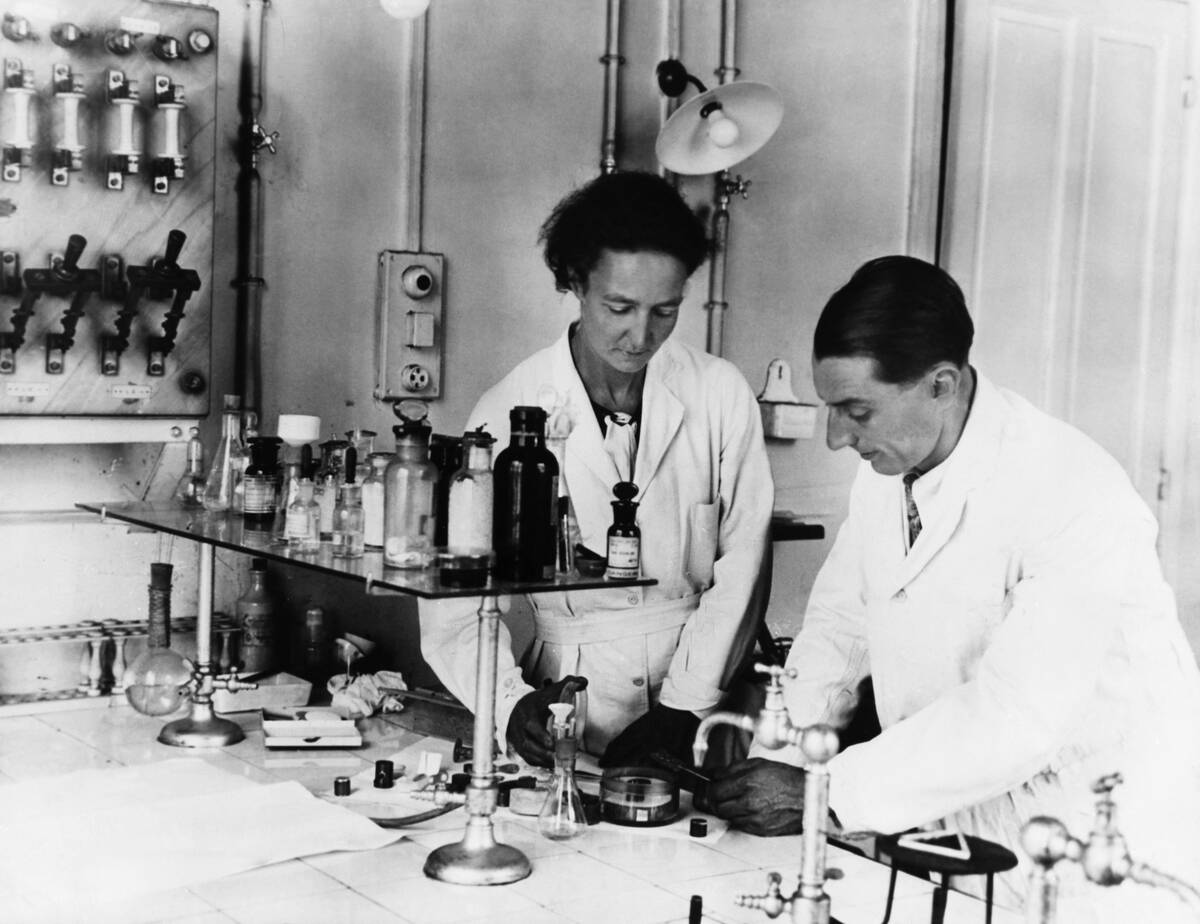
The Curie family boasts a remarkable legacy of Nobel laureates. Marie won two Nobel Prizes, while her daughter Irène Joliot-Curie, along with her husband Frédéric Joliot-Curie, received the Nobel Prize in Chemistry in 1935.
This family tradition of scientific excellence underscores the lasting impact of Marie’s influence. The Curies’ dedication to scientific inquiry and discovery has left an indelible mark on the world, inspiring future generations to pursue knowledge.
How Marie Curie’s Work Changed Modern Science
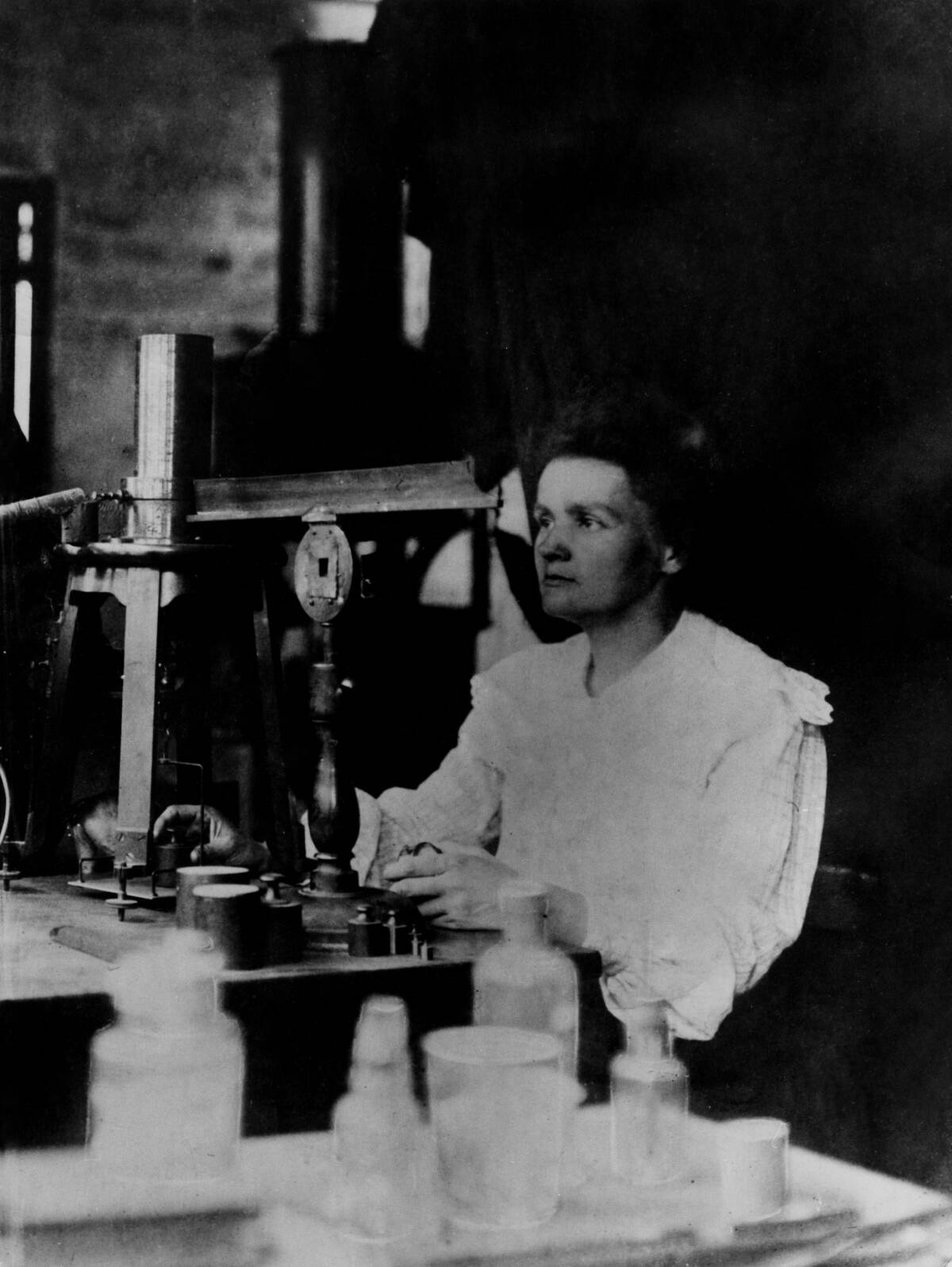
Marie Curie’s groundbreaking work fundamentally changed modern science. Her research into radioactivity opened new fields of study in physics and chemistry, leading to the development of nuclear energy and advanced medical treatments.
Her methodologies and discoveries challenged existing theories and expanded the boundaries of scientific knowledge. Curie’s work laid the foundation for future research and innovations, making her one of the most influential scientists in history.
The Curie Museum: A Tribute to Her Achievements
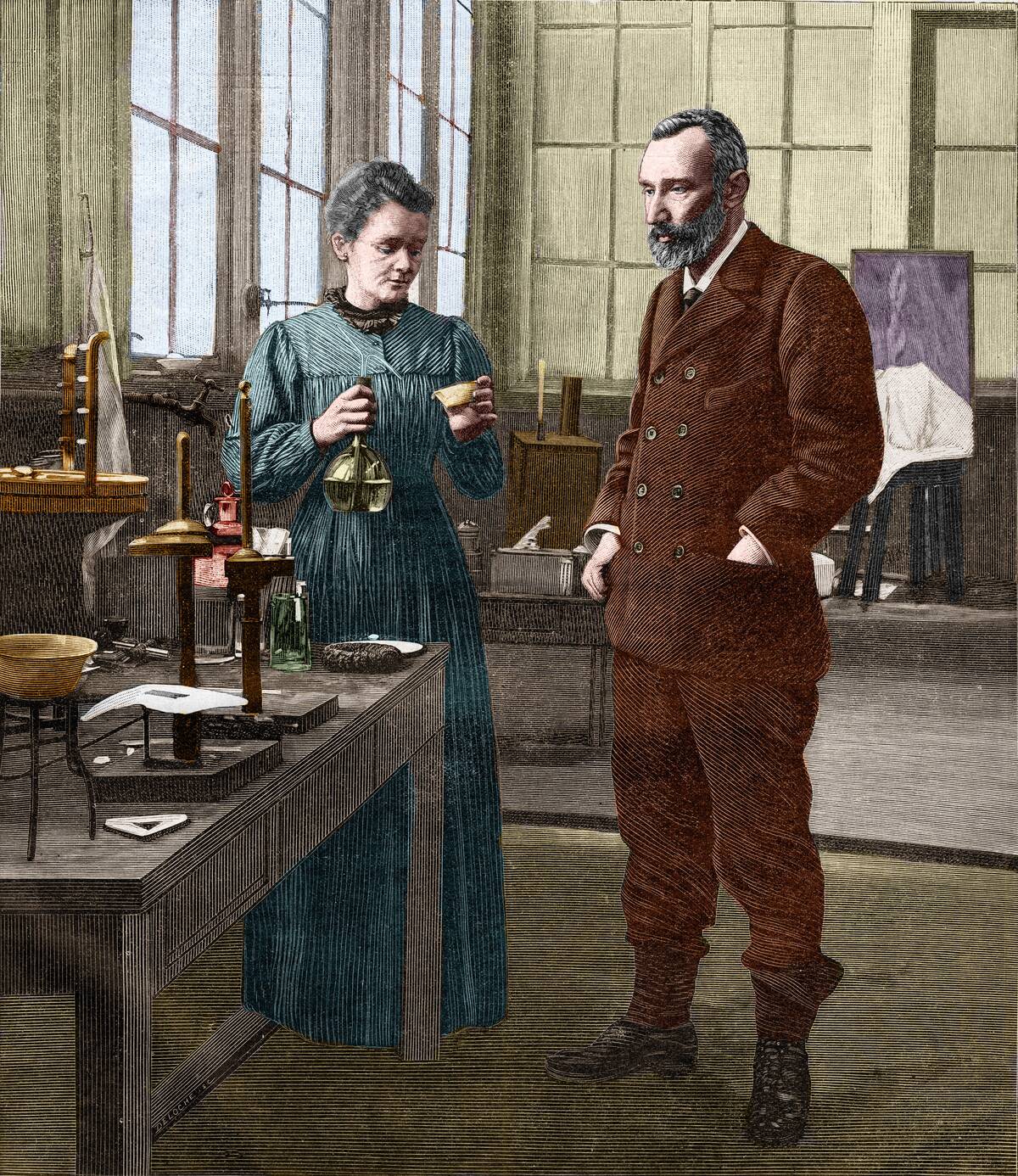
The Curie Museum in Paris stands as a tribute to Marie Curie’s extraordinary achievements. Located in her former laboratory, it showcases her life and work, offering visitors a glimpse into her world.
The museum features personal artifacts, scientific instruments, and interactive exhibits that highlight her contributions to science. It serves as a reminder of Curie’s enduring legacy and the significant impact she had on the scientific community and society at large.



